Affiliate links on Android Authority may earn us a commission. Learn more.
Samsung Galaxy S10 redux: The best of both worlds
Published onMarch 6, 2021
The Samsung Galaxy S10 turns two years old on March 8, which means that many will be looking to upgrade from their devices to a more up-to-date model. Newer S series smartphones have faster displays, more powerful processors, and flashier cameras. The latest Galaxy S21 series is a natural upgrade.
However, today I want to talk about what value this ex-flagship brings to the renewed smartphone market and why it might be worth your cash in 2021. This is the Samsung Galaxy S10 redux.
Samsung Galaxy S10: The background
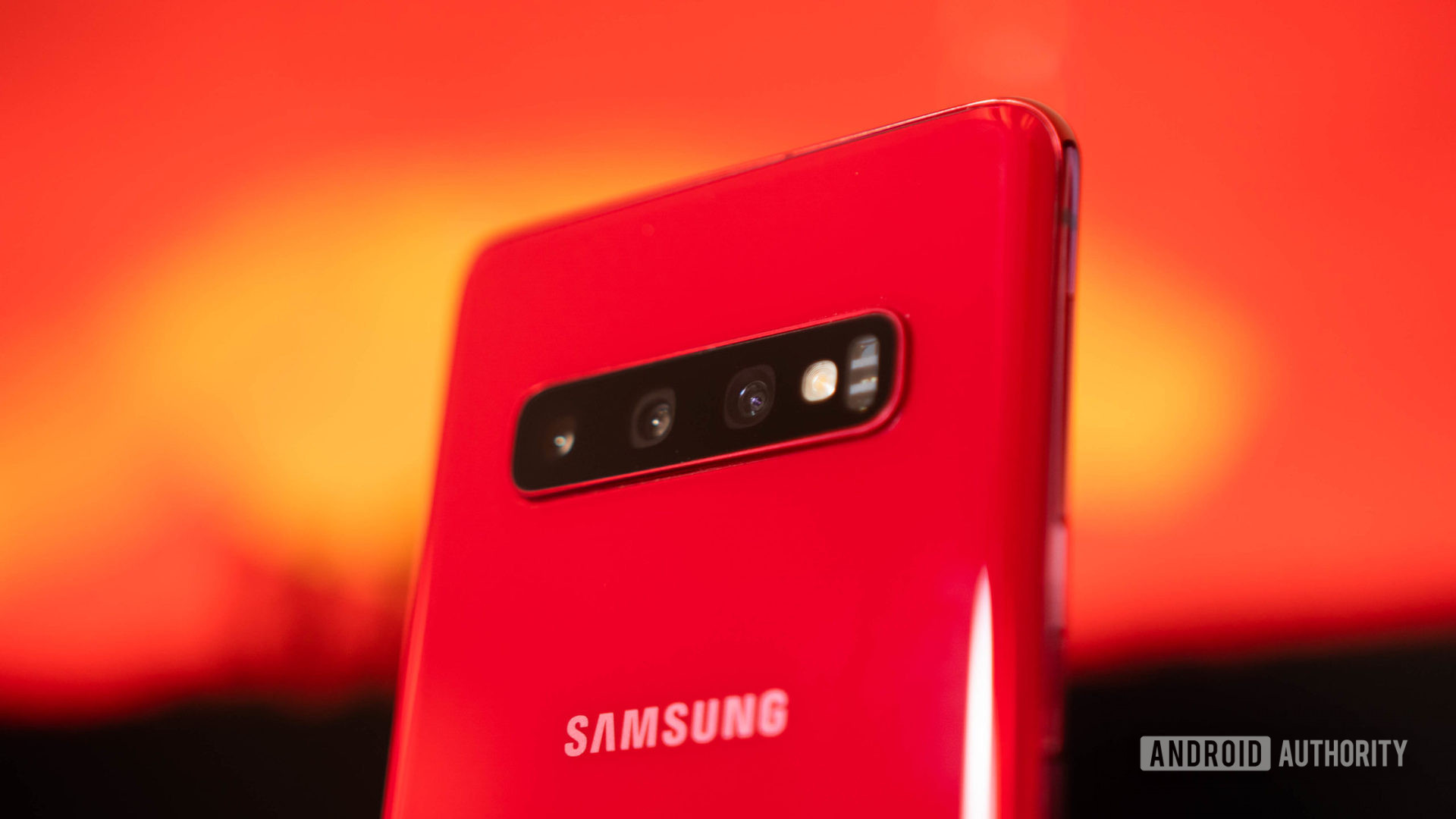
The Galaxy S10 was quite the departure from its predecessor’s design. It was the first Galaxy S series device to feature a punch-hole display and in-display fingerprint scanner. It maintained the IP68 water and dust resistance, 3.5mm headphone port, and microSD expansion from the Galaxy S9, but added an ultra-wide and telephoto camera, Wi-Fi 6 connectivity, and reverse wireless charging.
Related: Samsung Galaxy S series — a history of the biggest name in Android
The Galaxy S10’s design was its standout feature against its 2019 competition. The thin bezels, curved glass, and gorgeous punch-hole display helped the Galaxy S10 look much more premium than the competing Google Pixel 3 XL and iPhone XS — both of which had large notches and comparatively underwhelming designs.
The Galaxy S10's sleek design helped it stand out against the 2019 competition.
Samsung sold more Galaxy S10 models in the quarter after its launch compared to the previous generation. According to Counterpoint Research, the firm sold 16 million S10 series units from March to May of 2019 — 12% more than the Galaxy S9 series the year before. This makes sense given that the S9 series didn’t do a huge amount to set itself apart from its predecessor.
The Galaxy S10 Plus was the most popular model in the range. It added a bigger 6.4-inch screen and a more substantial 4,000mAh battery. It also added a selfie depth sensor which expanded the punch-hole that took up more of the display than that found on the standard Galaxy S10.
How does it hold up?
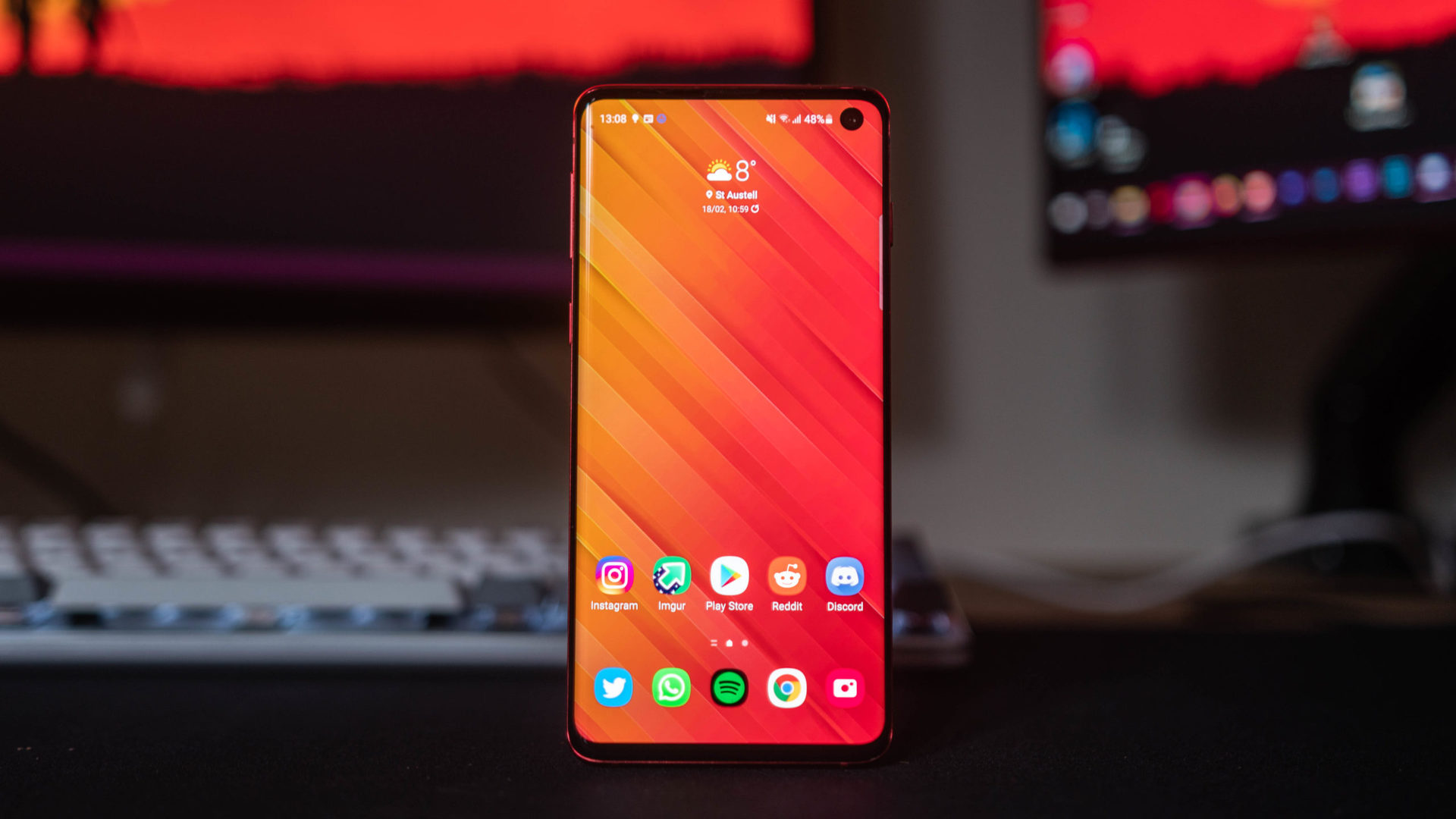
The Galaxy S10 doesn’t look too out of place in 2021. It’s got a glass sandwich layout, a punch-hole display, and curved edges. However, if you pay attention to the details you’ll notice some key differences between this and more recent devices.
Continue reading: Samsung Galaxy S21 vs older Galaxy S phones: Should you upgrade?
Firstly, the punch hole is larger than the Galaxy S21’s and is positioned in the corner as opposed to the middle. This doesn’t function any differently, but it doesn’t look as refined as the less intrusive, current implementations.
What’s also different is the use of glass on the back along with curved edges. These are features that Samsung has started to phase out on its sub-premium devices in favor of polycarbonate rear housings and flat front glass. Case in point is the Galaxy S21, which uses both of these.
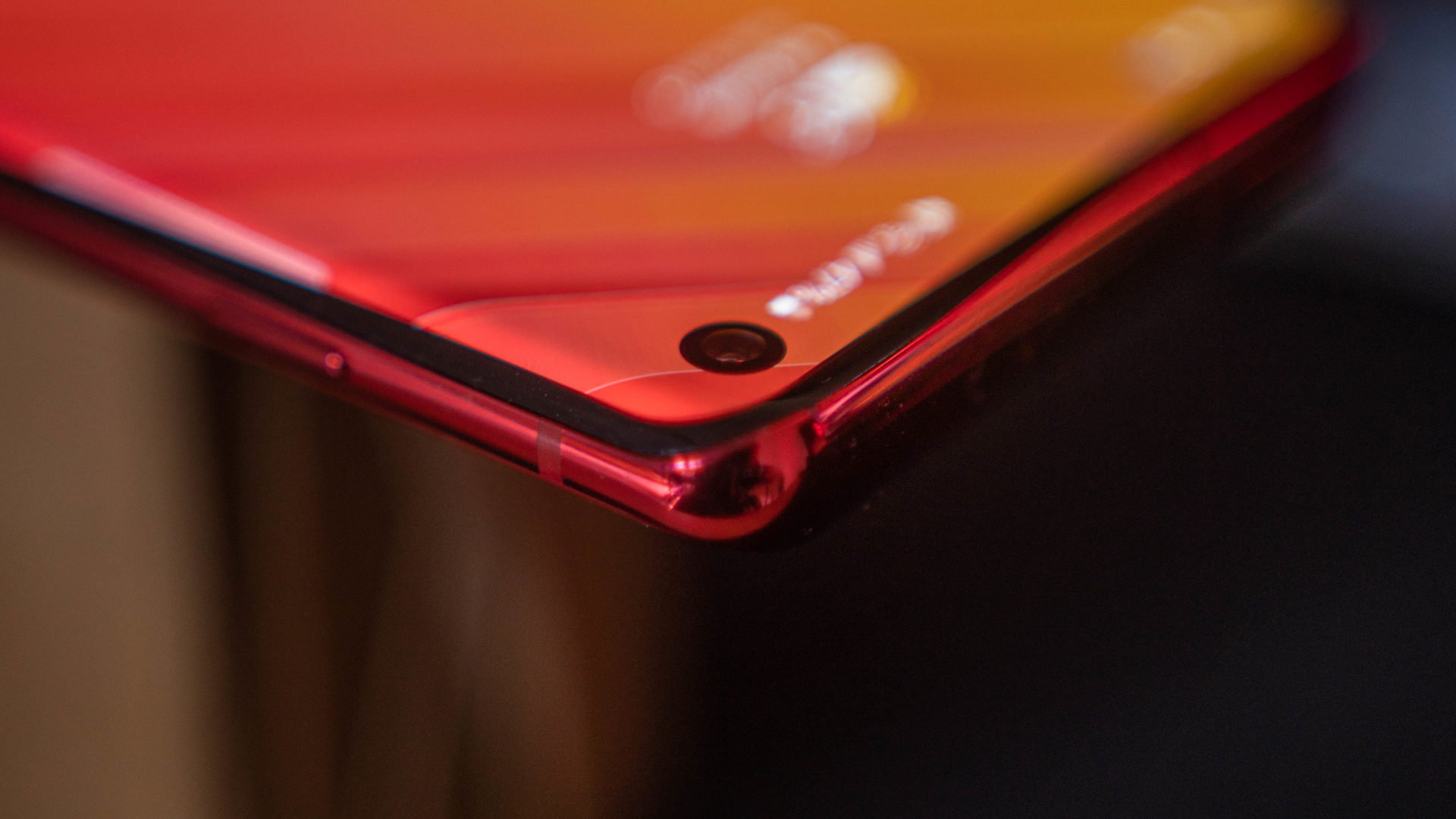
The use of a 6.1-inch Quad HD Dynamic AMOLED 60Hz display is both better and worse than Samsung’s most recent offering. It’s nowhere near as smooth as the 120Hz panel used in the Galaxy S21. However, it’s a lot sharper than the S21’s Full HD panel. Arguably, the overall user experience of the Galaxy S21’s screen is better as the sharpness drop is barely noticeable and Samsung shipped the S10 in Full HD mode anyway.
There are some great benefits of being a slightly older device. This was the last Samsung Galaxy S series with a 3.5mm headphone port. It also has microSD expansion which was dropped for the Galaxy S21 series. This versatility is hard to find in a 2021 flagship and so for those who value these legacy features, the Galaxy S10 is a great option.
The Galaxy S10 strikes a balance between modern performance and legacy features.
The Galaxy S10’s performance is more than acceptable thanks to its 8GB RAM and Snapdragon 855 chipset (or Exynos 9820 in selected regions). I tested a few games as well as switching through my most used social media apps and the device handled it without a hitch. There’s 128GB or 512GB of storage depending on the SKU that you opt for. This is in-line with the current offerings but benefits from the aforementioned expandable storage.
I found the Galaxy S10’s battery to be one of the obvious areas that we’ve seen improvement over the last couple of years. The 3,400mAh cell is comparatively small to the 4,000mAh unit found in the Galaxy S21 and so battery life naturally takes a hit. I managed just under a full day of usage — a below-average figure for modern smartphones. Thankfully, you get a charger in the box where you don’t with the Galaxy S21, though the device only charges at 15W as opposed to the latest generation’s 25W.
Continue reading: The case against bundled phone chargers
The Galaxy S10 scores a nice balance between modern performance and legacy features which makes it a rather unique option in 2021. Standout qualities include the stunning display, great build quality and design, as well as solid performance even for a two-year-old device.
How do the cameras perform?
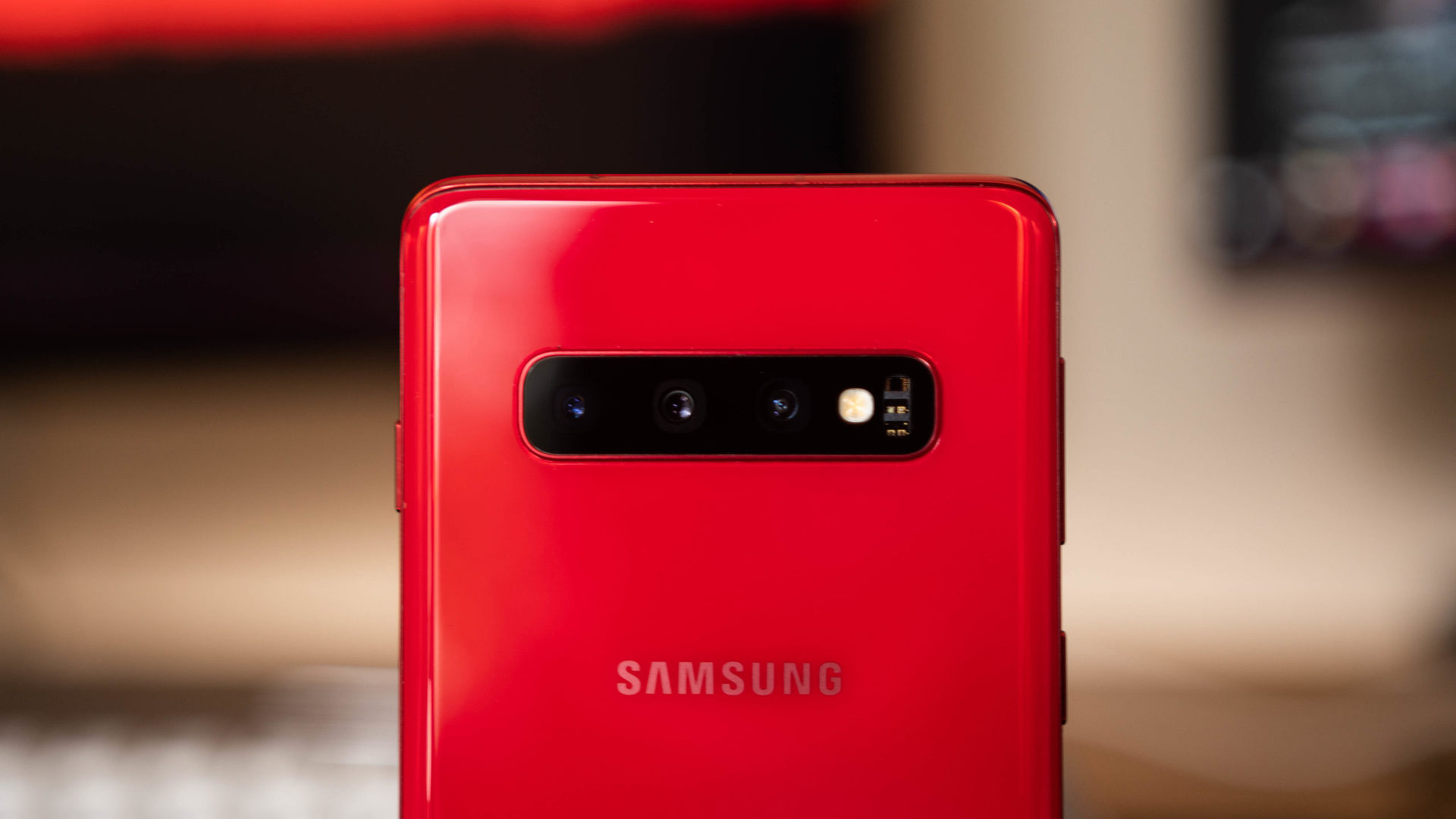
A smartphone’s camera is one of its most talked-about features and so to evaluate the S10, we should really test the performance of its four total cameras. While the hardware used here is different to what we saw in the S21, the focal lengths used are similar and so the general versatility of the camera setup is largely the same.
| Samsung Galaxy S10 | |
|---|---|
Rear cameras | 12MP main, f/1.5-2.4, 26mm, OIS 12MP 2x telephoto, f/2.4, 52mm, OIS 16MP ultra-wide, f/2.2, 12mm Video: UHD 4K 60fps FHD 240fps HD 960fps |
Front camera | 10MP, f/1.9, 26mm, autofocus Video: UHD 4K 60fps |
Looking at the samples, the first thing that stands out is added saturation and contrast. This has historically been a big characteristic of Samsung smartphone camera samples and it’s no exception here. This is a rather subjective area, but regardless of your preferences, images aren’t all that true to life due to the over-the-top processing.
Another standout characteristic from the Galaxy S10’s images is noise. It’s not massively noticeable as long as the light is good, but there is a lot of noise in images where the lighting isn’t perfect. For example, in the photos of the flowers where the greenery starts to enter shadows, there’s a lot of noise. The same goes for the image of a pathway in a town center.
Something rather crucial that stands out to me is how much worse the ultra-wide camera is compared to the main and telephoto units. There’s much worse light acquisition meaning that you get more noise reduction which can lead to smeary images sometimes. There’s less dynamic range, too. Again, it’s not awful but camera consistency that many phone makers have become better at over time.
The selfie quality varies wildly depending on the lighting conditions. In adequate lighting, there’s plenty of detail across the board. The camera can capture accurate skin tones and a good amount of dynamic range. However, stepping into even slightly sub-optimal light results in lots of noise reduction which reduces detail massively. It’s not an awful selfie camera, but it’s a far cry from the excellent Galaxy S21 selfie camera.
The Galaxy S10’s camera setup shows its age in the small details. It’s still more than usable in 2021 and in great light, it can shine. However, it underperforms in more challenging environments which makes a good case for the latest offerings.
See also: The best camera phones you can get
Samsung Galaxy S10 in 2021: The verdict
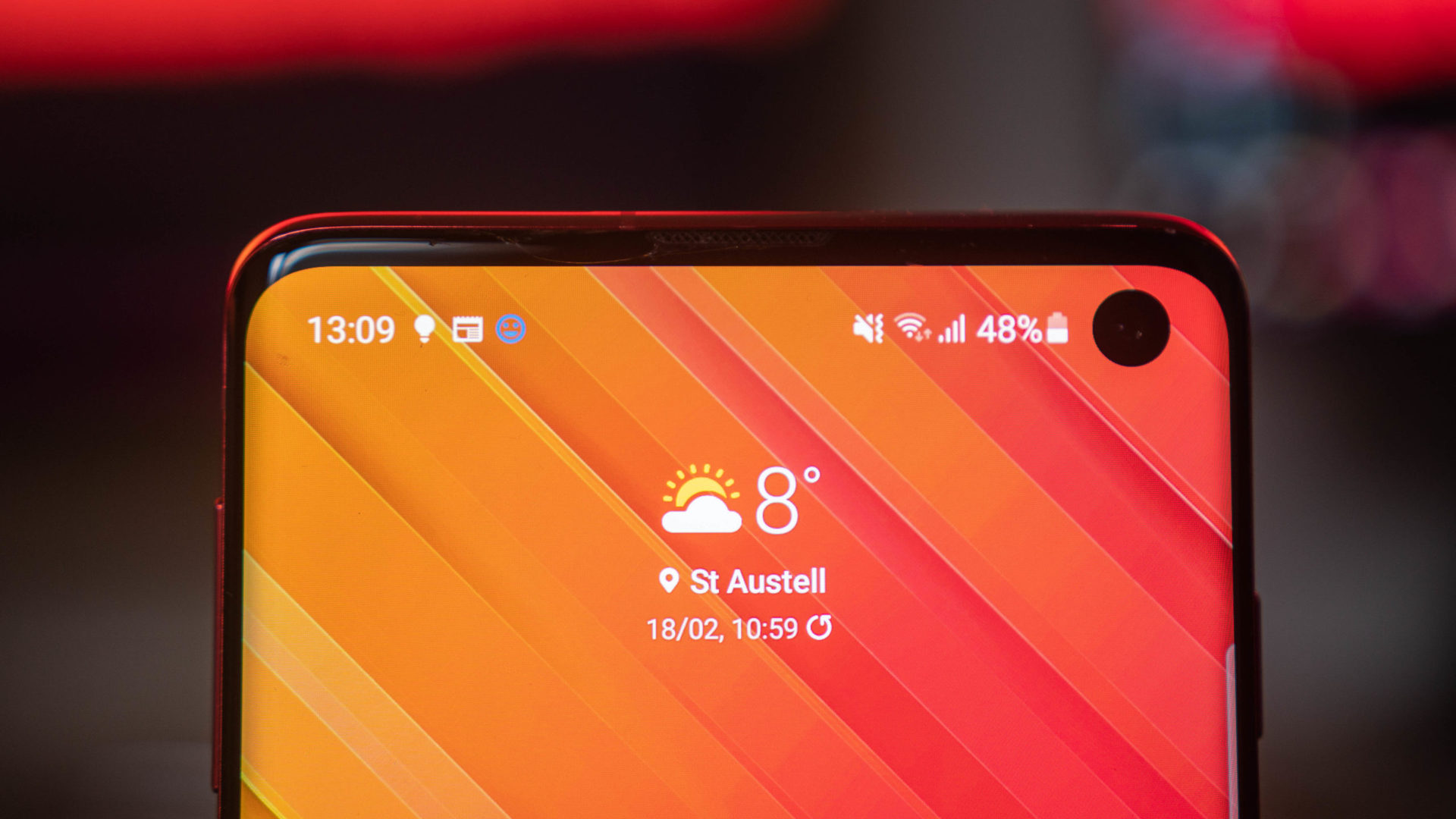
There’s no question that the Samsung Galaxy S10 is still a competent phone in 2021. Samsung has done a great job at keeping the phone feeling fresh with software updates and I commend them for doing so. It balances welcomed legacy features with modern performance. For around $400 in the US or £300 in the UK, the Samsung Galaxy S10 is still a compelling buy on the renewed or second-hand market.